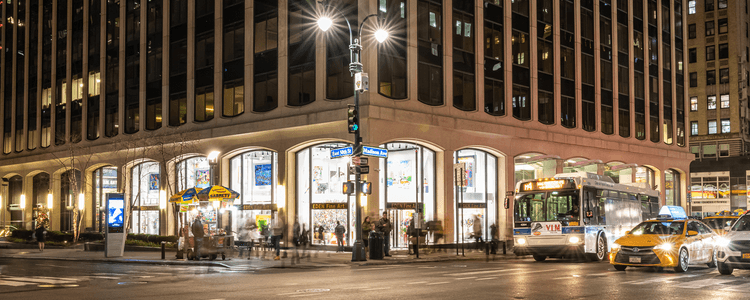When we think of the term 'Futurism,' images of high-tech innovations and tomorrow's world might spring to mind. However, long before it became synonymous with technological predictions, Futurism was an avant-garde art movement that sought to capture the essence and dynamism of the 20th century.

Futurism: The Art Movement that Revolutionized the 20th Century
Updated: September 21 2023
Originating in Italy in 1909, Futurism was birthed by poet Filippo Tommaso Marinetti with his "Futurist Manifesto." But this wasn't a guide to the future; it was a rejection of the past. Marinetti called on artists to cast aside established conventions and embrace change, speed, and industrialization. He believed that art should encapsulate the energy and innovation of the modern age.
Visually, Futurism was a radical departure from traditional forms. Artists like Umberto Boccioni, Carlo Carrà, and Giacomo Balla experimented with fragmented forms, overlapping planes, and dynamic lines to convey movement and speed. Their works often depicted machines, crowds, and urban landscapes, representing the chaotic beauty of contemporary life.
But Futurism wasn’t confined to canvas alone. It permeated various art forms, from sculpture and design to theater, music, and even architecture. The movement sought to encompass all facets of life and culture, emphasizing the interconnectedness of art and daily existence.
However, it's essential to understand that Futurism wasn't just about celebrating modernity. It was also deeply political and, at times, controversial. Many of its proponents held nationalistic and even militaristic views, seeing war as a means of sweeping away outdated institutions and traditions. This aspect, particularly with the onset of World War I, often overshadowed the movement's artistic contributions.
Despite its contentious nature, the influence of Futurism cannot be denied. It laid the groundwork for many subsequent art movements, from Art Deco to Cubism and even to some elements of Surrealism. Its emphasis on motion and change inspired artists worldwide to experiment and break free from established norms.

By the 1930s, the original fervor of Futurism began to wane, but its legacy persisted. Today, as we stand on the cusp of unprecedented technological and societal shifts, the Futurist ethos of embracing change and redefining art remains more relevant than ever.
In essence, Futurism was more than just an art movement; it was a bold statement on life in the modern age, challenging us to see beauty in chaos and to continually reimagine the world around us.
RELATED ARTICLES

EDEN
Updated: December 17, 2025Inside the Minds of EDEN Art Collectors
The Collectors Behind the Canvas offers an intimate look into the lives of EDEN collectors around the world. From Abu Dhabi to Dubai, discover how Dan and Nadia Feldman and Yann and Lana Biojau live surrounded by color, creativity, and meaning—revealing ...

EDEN
Updated: December 22, 2025How to Buy Art from EDEN
How to Buy Art from EDEN is your step-by-step guide to collecting art with confidence and joy. From discovering artists online to receiving personalized consultation and seamless delivery, EDEN transforms buying art into a meaningful, guided experience ...

EDEN
Updated: October 14, 2025EDEN Gallery Madison – A Chapter Closed, A Spirit That Lives On
EDEN Art Gallery Madison opened in 2009 at 437 Madison Avenue, NYC, and remained active until 2025. Although EDEN Madison closed, its influence continues through our larger galleries in SoHo and on Fifth Avenue. The EDEN Madison story is one of growth, ...
Join Our
Stay updated with the latest from the EDEN House of Art—be the first to discover new events, collections, and more!


